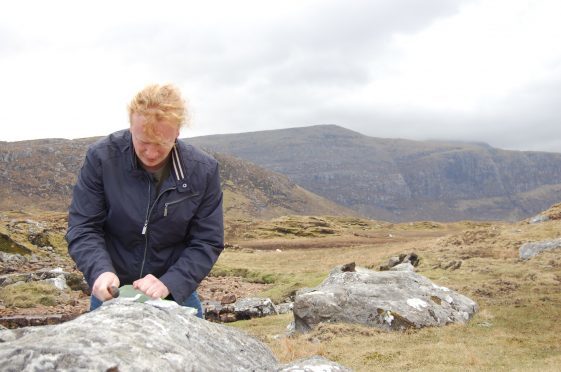A Black Isle-based artist is hosting a workshop to teach local residents how to recreate ancient manuscripts using the techniques and materials of Celtic monks.
Thomas Keyes has spent years studying the age-old art form, which involves using naturally-sourced materials such as animal skin parchment and lichen dyes.
The elaborately decorated manuscripts, which were originally produced over 1,100 years ago, can be specially crafted from natural materials in line with traditional Celtic techniques.
The most famous example of this method is the Book of Kells, which dates back to 800AD.
Housed in Trinity College, Dublin, it attracts more than 500,000 visitors per year, and contains a richly decorated copy of the four biblical gospels in a Latin text.
It is thought monks based on the island of Iona were the original authors of the illustrated text.
Mr Keyes has resurrected the process and is now sharing his insights through a workshop at The Stables in Cromarty this weekend.
He said: “I’ve spent years experimenting and researching into how to recreate these unique artworks. It’s an incredible journey going from skins, plants and lichens to the final piece.
“The Insular monks had a great knowledge and understanding of their environment as well as the chemistry skills to make best use of the available resources.
“These courses are ideal for someone who is passionate about Celtic history or a beginner looking to investigate a new hobby.
“Most of the materials used are sourced from the local area including waste deer skins and oak galls created by parasitic wasps making this one of the most sustainable forms of art.”
To book a place on the workshop email info@cromartyartstrust.org
